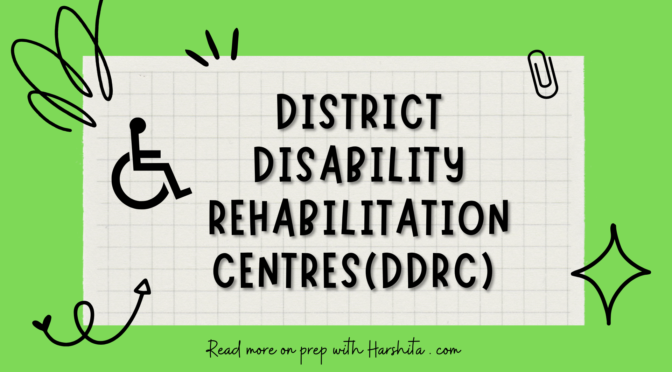Primary and secondary socialization are two distinct phases of the socialization process through which individuals acquire the knowledge, skills, attitudes, and behaviors necessary to function as members of society.
Here’s a detailed explanation of the difference between primary and secondary socialization:
Primary Socialization:
Primary socialization refers to the initial and foundational phase of socialization that occurs during early childhood. It begins from infancy and extends throughout early childhood, typically within the family or immediate caregivers. Primary socialization is considered the most influential and crucial stage in shaping an individual’s identity, values, beliefs, and basic social behaviors. It forms the foundation upon which subsequent socialization experiences build.
Key characteristics of primary socialization include:
- Family Influence: Primary socialization primarily takes place within the family unit, where children learn from their parents, siblings, and other close family members. Family members serve as primary agents of socialization, transmitting cultural norms, values, and language to the child.
- Informal Learning: Primary socialization is primarily an informal process that occurs naturally through everyday interactions, observations, and experiences. Children absorb social norms, language, customs, and behaviors by imitating and internalizing the behaviors and attitudes of those around them.
- Role Modeling: Parents and family members serve as role models during primary socialization. Children observe and imitate their behaviors, attitudes, and values, learning how to interact, communicate, and navigate their immediate social environment.
- Emotional Bonding: Primary socialization is characterized by strong emotional bonds between children and their caregivers. These emotional connections provide a foundation of trust, security, and attachment that supports the learning and socialization process.
- Formation of Basic Identity: Primary socialization plays a fundamental role in the formation of a child’s basic sense of self, including their gender identity, cultural identity, and basic beliefs about themselves and the world around them.
Secondary Socialization:
Secondary socialization occurs throughout a person’s life beyond the primary stage, extending into adolescence and adulthood. It involves learning and adapting to social expectations, roles, and values within specific social institutions and contexts, beyond the immediate family. Secondary socialization builds upon the foundation established during primary socialization and prepares individuals for their roles in society.
Key characteristics of secondary socialization include:
- Influence of Institutions: Secondary socialization takes place within various social institutions such as schools, peer groups, religious organizations, workplaces, and the media. These institutions provide specific contexts and expectations that individuals must navigate and internalize.
- Formal Learning: Secondary socialization often involves more formal learning processes, structured education, and organized socialization activities. Schools, for example, provide a formal curriculum that imparts knowledge, skills, and societal values to students.
- Peer Group Influence: During secondary socialization, peer groups become significant agents of socialization. Friends and peers influence attitudes, behaviors, and norms, as individuals seek acceptance and validation within their social circles.
- Role Differentiation: Secondary socialization involves the development of specific roles and identities within society. Individuals learn the expectations and behaviors associated with various social roles such as student, employee, citizen, and member of a particular community or organization.
- Adaptation to Wider Society: Secondary socialization prepares individuals for participation in the broader society beyond their immediate family. It helps them acquire the necessary skills, knowledge, and values to function within larger social groups and navigate diverse social contexts.
While primary socialization provides the foundation for social development, secondary socialization expands individuals’ social understanding and enables them to adapt to changing social roles and environments throughout their lives. Both primary and secondary socialization are ongoing processes that continue to shape individuals’ beliefs, behaviors, and identities as they grow and interact with the world around them.
Also Read : Transmission of Parental Expectations and Values

Also Visit : Prep with Harshita









